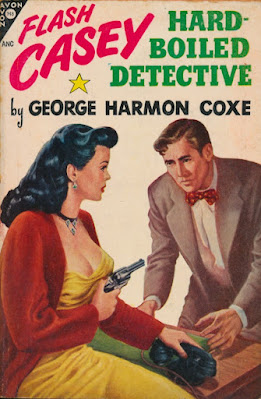The novel presents the careers and personal lives of three young nurses who have just started employment at fictional St. Joseph's General Hospital in an unnamed city. Brennan's smooth narrative focuses on a variety of subplots that affect the lives and inner sanctum of this medical facility. By switching perspectives from these three main characters, the chapters often entwine their personal struggles at the hospital and the various patients and medical concerns affecting both their work and sleep.
The most prominent character is Veronica, a farm girl who grew up with her childhood friend John. By earning an education and becoming a nurse, Veronica is now working at the same facility as John, a resident doctor. Veronica has loved John her entire life, so her placement as his nurse is a twofold problem. Her affection for John could jeopardize her career and derail her career ambitions. At the same time, John has always considered Veronica as a sister, yet her maturity now brings a new spark of romance to the relationship. Veronica and John are cautious in exploring this love affair, which made their portions of the narrative extremely interesting.
Susie enjoys nursing, but has an aspiration to marry into money. However, she meets Veronica's brother, a farmer, and her personal goals are ruined. She flirts with the idea of marrying for love, scoffs at the concept of becoming a farmer's wife, and debates the farmer's grandiose intention of having six kids. While enjoyable, their relationship struggles were the least effective portions of the narrative.
Lita is the daughter of a successful film actress. She's pursuing her medical career despite her mother's best efforts to lead her into the life of a spoiled nepo baby. Lita is also torn between two lovers, a successful entrepreneur named Peter and the resident doctor, Mark. Both men are admirable choices, with each experiencing their own life goals and purpose. Peter wants Lita's hand in marriage, but Mark is the real lover Lita is pining for. Lita's struggles with Mark were laced with a mystery concerning Mark's prior wife and a repressed guilt that leads him to alcohol abuse.
While these three character studies were interesting enough, Nurses Dormitory surprisingly contains a tight-knit legal battle. The hospital's manager, a tightwad named Larson, has finally put the business into the black, yet his cost-cutting approach is nearly criminal. As the doctors and nurses are desperate for things like penicillin, Larson refuses to order more than a certain monthly allotment. As the doctors battle Larson, he begins restricting their use of the operating room, which leads to a showdown over a dying patient. These high-strung medical scenarios were imaginative and written well. There was also riveting patient drama with a small child's gunshot wound and attempts to save his leg from gangrene.
While I'm not a fan of TV medical dramas like Grey's Anatomy and Chicago Med, reading these dramas seems to be something I'm drawn to. A lot of great writers penned nurse-fiction, from the king of paperbacks Harry Whittington, to authors such as Max Brand (Frederick Faust), Frank Slaughter, Arthur Catherall, and Peggy Gaddis. It's an entire genre that competes, and sometimes blends, with gothic-suspense and romance. If Nurses Dormitory is any indication of the genre's quality, then I'm all in. I enjoyed the characters, the development, the pace, and the author's ability to weave all of this into a captivating narrative in just 132 pages.
Get the book HERE.























